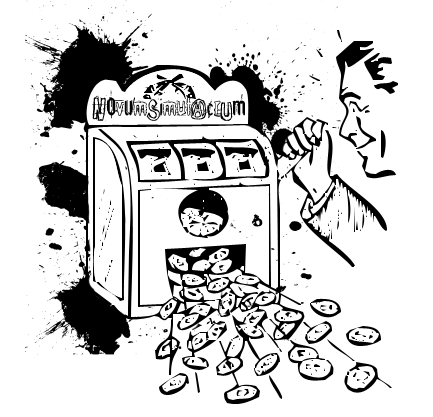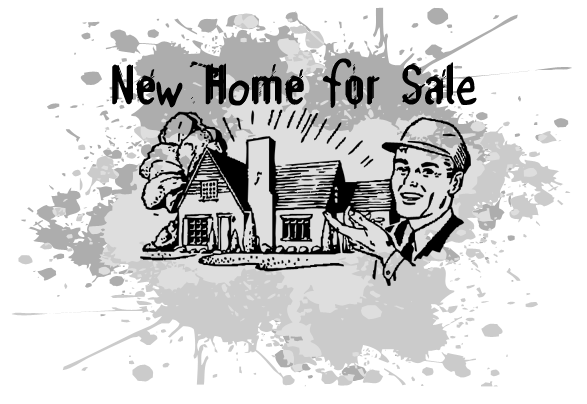 This paper examines the domestic growth and overseas expansion of Turkish firms as part of the treadmill of production. The treadmill of production is an environmental and political-economy approach to society’s insatiable hunger for material goods. In this approach, economic growth leads to withdrawals of natural resources, and the addition of waste to the environment that stresses both nature and society. Drawing on the treadmill of production approach, I argue that logistical service providers are a coping and modernisation mechanism for accelerated urban growth and economic expansion. This process is visible in the expansion of privatised waste management, and even more so in rapidly urbanising regions where growth and modernisation are of great importance to policy-makers. Owing to the importance of growth and expansion, logistics firms in newly industrialised countries, like their counterparts in the Global North, increasingly export logistical services overseas. This, in turn, accelerates the treadmill of production internationally. As such, this paper will also look at the expansion of Turkish firms into Pakistan.
This paper examines the domestic growth and overseas expansion of Turkish firms as part of the treadmill of production. The treadmill of production is an environmental and political-economy approach to society’s insatiable hunger for material goods. In this approach, economic growth leads to withdrawals of natural resources, and the addition of waste to the environment that stresses both nature and society. Drawing on the treadmill of production approach, I argue that logistical service providers are a coping and modernisation mechanism for accelerated urban growth and economic expansion. This process is visible in the expansion of privatised waste management, and even more so in rapidly urbanising regions where growth and modernisation are of great importance to policy-makers. Owing to the importance of growth and expansion, logistics firms in newly industrialised countries, like their counterparts in the Global North, increasingly export logistical services overseas. This, in turn, accelerates the treadmill of production internationally. As such, this paper will also look at the expansion of Turkish firms into Pakistan.
(2015). “Neoliberalism, logistics and the treadmill of production in metropolitan waste management: A case of Turkish firms.” Urban Studies, DOI: 0042098015586537.












